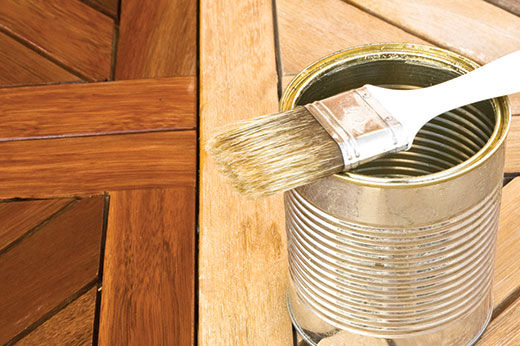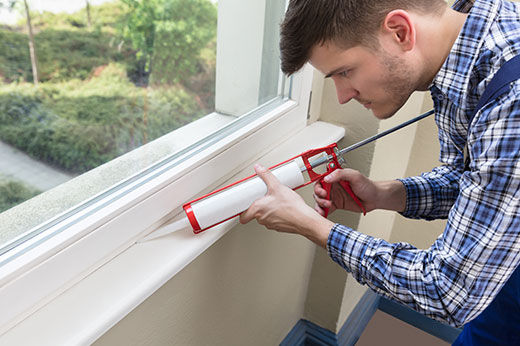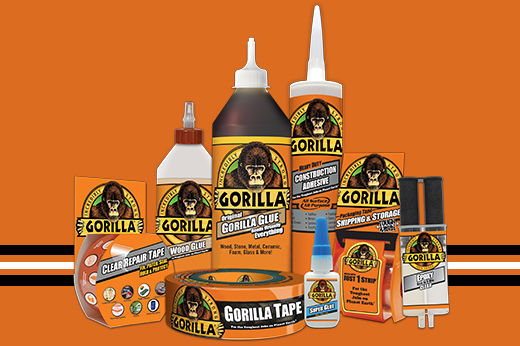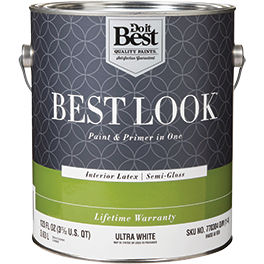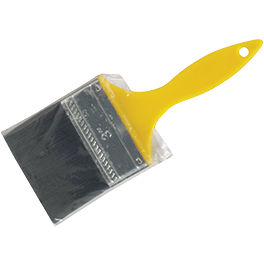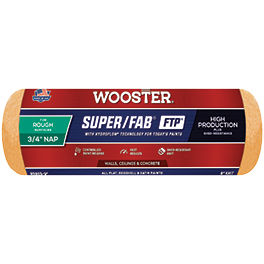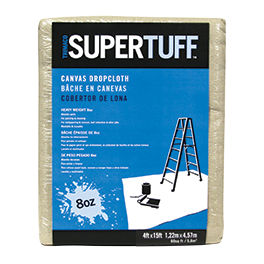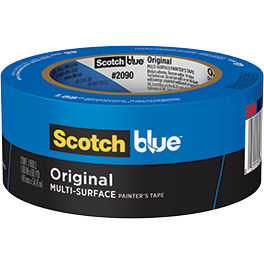| 2" or less | 2-1/2" to 3-1/2" | 4" and up |
| Perfect for windows or other trim | Best for painting doors and cabinets, as well as general purpose jobs | Best for large, flat areas like walls or siding |
How to Choose the Right Paintbrush
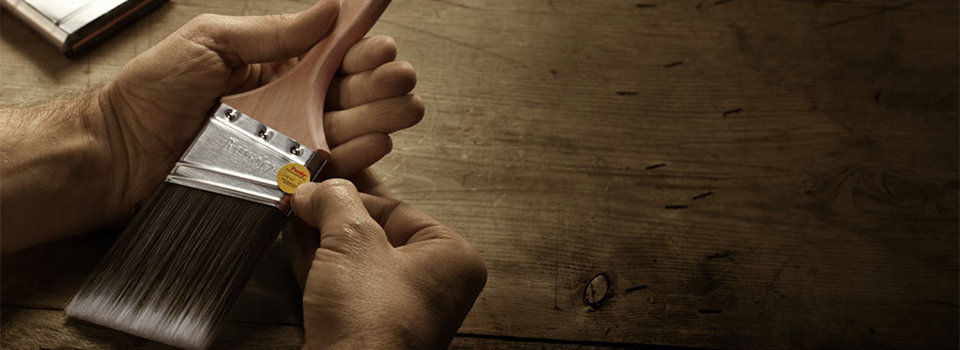
So you’re preparing to tackle a paint project that’s long overdue. You’ve settled on a color, got your paint mixed, and are picking up all the paint supplies you need: drop cloths, paint trays, rollers and frames, and paintbrushes.
At this point, you realize that there are a lot of rollers and brushes out there and that their different characteristics are tough to distinguish. What type of paintbrush is best for my project? Should I use a different brush for chalk paints or interior and exterior paints? What size of brush should I use? What type of brush end should I look for, and which bristle material is the best? What’s the difference in nap size and material for rollers?
These are all common and valid questions while standing in front of a display of paintbrushes. Our paintbrush guide will help you navigate and determine which paintbrush you should use and how to choose the right roller cover.
Types of Paintbrushes
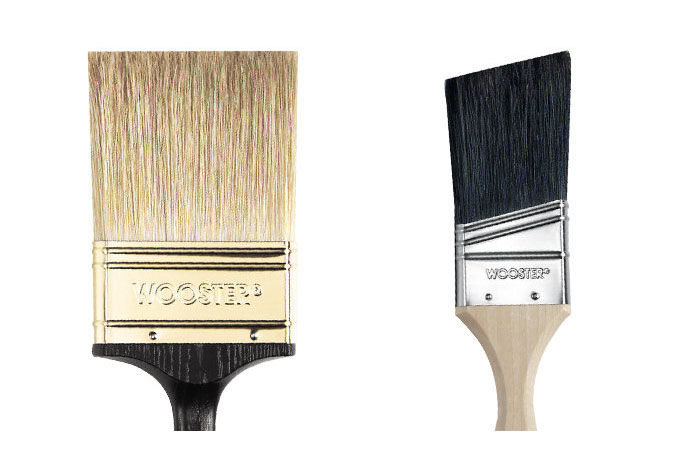
Angled vs. Square-Cut
When choosing the right paintbrush, you'll often find two shapes of brushes: square or angled. Square-cut brushes have bristles (the fibers of the paintbrush that apply paint) cut straight across and are best for general use and larger paint applications. Angled brushes are cut at an angle towards the tip of the brush, giving you a fine point that's perfect for detailed work like painting trim or ceiling cut-ins.
Nylon/Polyester blended paintbrushes
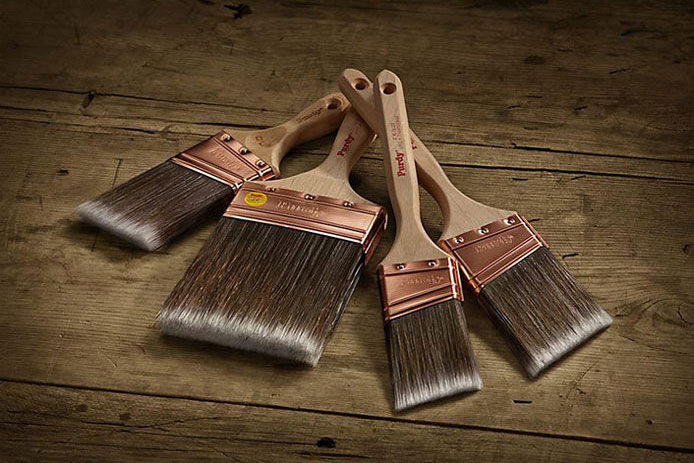
These brushes are popular thanks to their versatility and durability. Blended nylon/poly brushes work well with all types of latex paints and, with regular care, will last for years. Nylon gives it durability, and polyester gives it its shape, and both combine to give you a consistent, quality finish.
Natural-bristle paintbrushes
Natural brushes are made from animal hairs and used for oil-based paints, along with varnishes, polyurethane, or any other oil-based finishes. These soft brushes often have split or fuzzy tips, which helps apply paint or stain more smoothly.
Polyester paintbrushes
Full poly brushes are used with latex paints. They’re stiff and hold their shape well, which helps you apply paint smoothly and evenly.
Nylon paintbrushes
Nylon brushes are typically used by professional painters for interior applications and help your paint flow smoothly off the brush. They’re typically more sensitive to heat and humidity, though, and can get damaged if left in higher temperatures.
What Brush Size Should I Use?

Roller Fabric Types
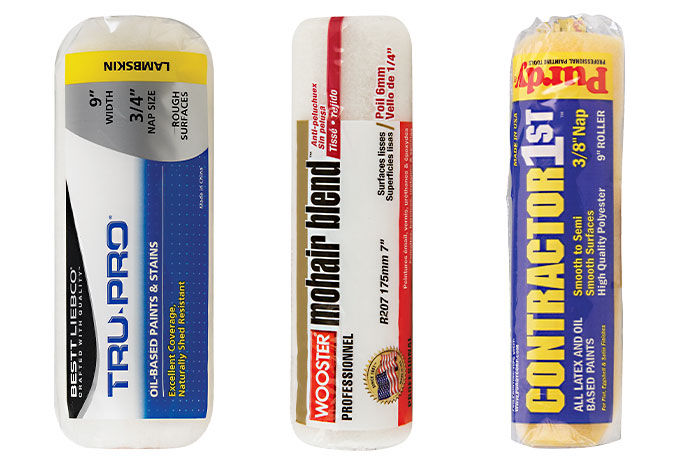
Natural Roller Covers
Natural fabric covers are typically made with mohair or sheepskin. These types of fabric covers are to be used with oil-based paints – the water in latex paints may ruin the cover by causing them to become matted.
Blended Roller Covers
These versatile roller covers are made with a polyester/natural fiber combination. The polyester gives them excellent durability, while the natural fibers apply paint smoothly. They can be used with all types of paint.
Synthetic Roller Covers
Synthetic covers are often made of nylon, dacron, or polyester. They’re ideal for most latex paints and oil-based paints.
What Does Nap Size Mean?
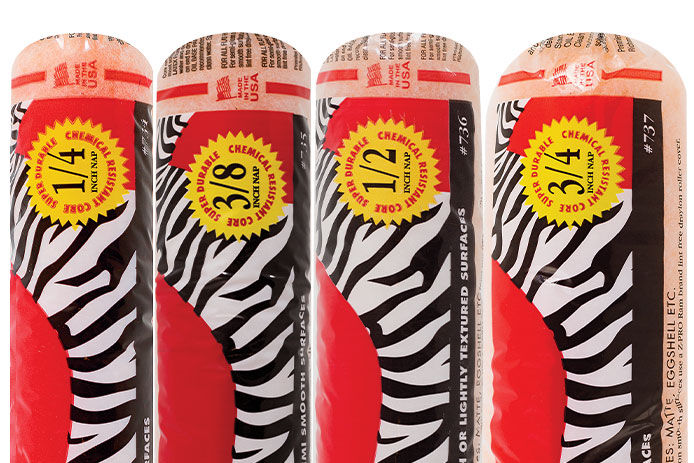
Rollers are often distinguished by their nap size, which is the length of the fibers that make up the roller. A smaller nap roller will have shorter, more tightly grouped fibers, while a larger nap will have longer fibers and be softer to the touch.
| 1/4" Nap | 3/8" Nap |
| Good for smooth surfaces such as new walls, trim, and metal | Best for smooth or lightly textured walls |
| 1/2" Nap | 3/4" - 1" Nap |
| Used for most walls or slightly rough surfaces like textured plaster and some forms of concrete | Best for rougher surfaces like heavily textured walls or ceilings, as well as plaster, concrete, or stucco |
Whether you're looking for a paintbrush to complete a new Pinterest project or want to know what paint roller to use to put a new shade of color on your walls, we have what you need in store or right here on our website!
While do-it-yourself projects can be fun and fulfilling, there is always a potential for personal injury or property damage. We strongly suggest that any project beyond your abilities be left to licensed professionals such as electricians, plumbers, and carpenters. Any action you take upon the information on this website is strictly at your own risk, and we assume no responsibility or liability for the contents of this article.
